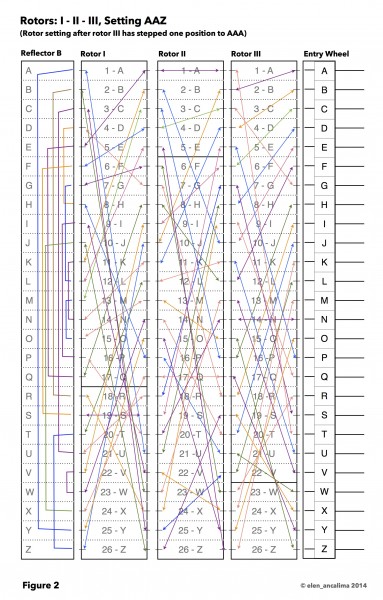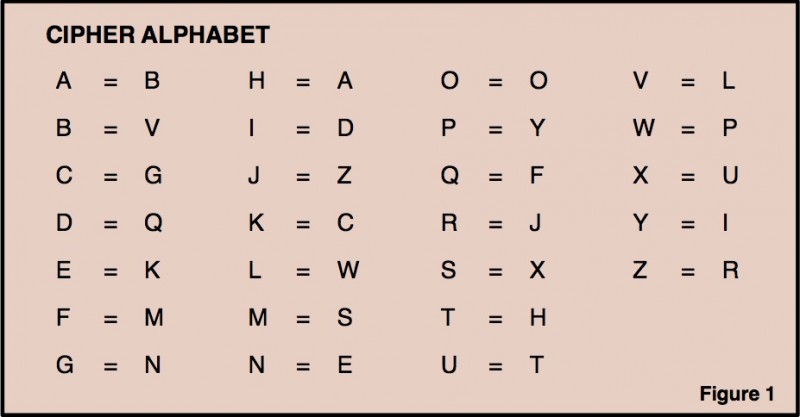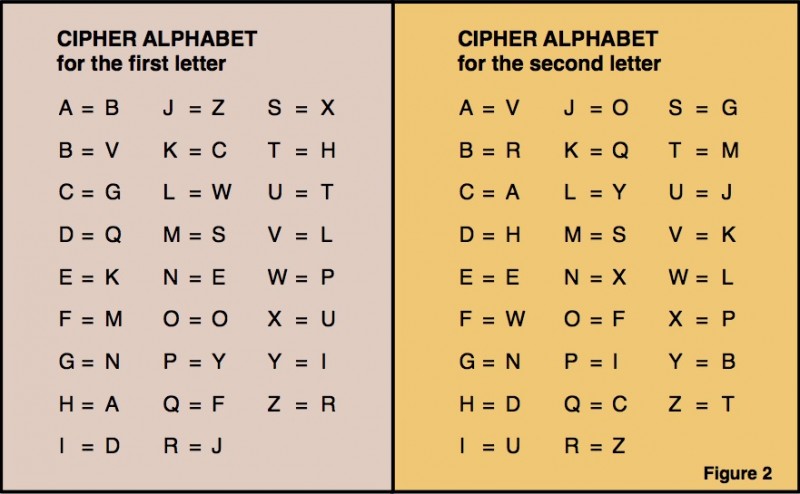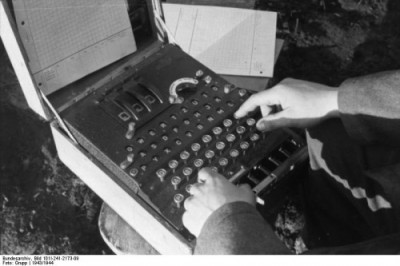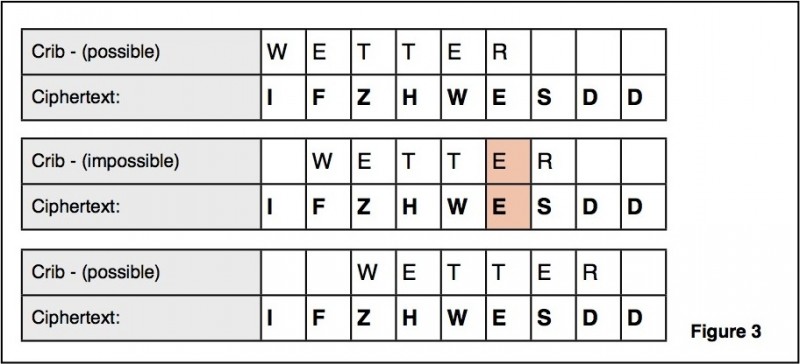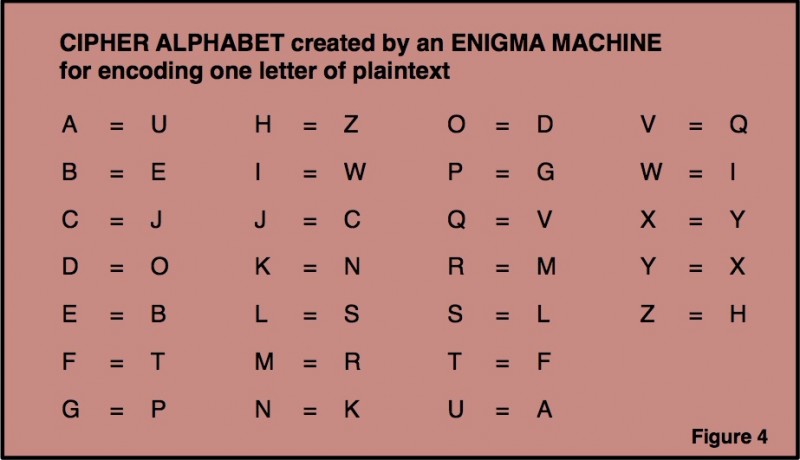Benedict Cumberbatch’s London
Benedict is a born and bred Londoner and he often mentions how much he loves the place. I understand completely. I have been madly in love with London for the last 15 years and living there for 6 blissful months only deepened my feelings for that magical city. Benedict often speaks about his favorite places in London (mostly when asked in interviews) and this post is an attempt to bring them all together. Not for stalking purposes, of course. When it comes to sprawling cities like London you can never get enough good recommendations. Especially when they come directly from a true Londoner! I have also added a few places related to Benedict and his work. Please feel free to make suggestions for more additions in the comments. If he mentions more places in the future they will be added to this post.
Restaurants
“Viet, the excellent noodle bar on Greek Street” (source)
Favourite after-show haunts:
“Osteria Emilia in Fleet Road, Hampstead, NW3 – an amazing north italian restaurant and local to me. Or The Ivy, but at the moment my bed” (The Osteria has since closed, sadly, source)
“The Tate Modern Restaurant overlooking St Paul’s” (source)
“I love Pollen Street Social, Jason Atherton’s restaurant and Heston Blumenthal’s Dinner in the Mandarin Oriental Hyde Park hotel in Knightsbridge. I was fortunate to eat at the latter with Heston, having every dish and the history of it explained, which was a pretty spectacular way to understand what he was going for. ” (source)
“I also like Yalla Yalla, a great Lebanese restaurant just off Berwick Street in Soho. Try Brindisa just round the corner for fantastic tapas. If you want a really great vegetarian fest, go to The Gate restaurant in Hammersmith. ” (Brindisa, from THAT scene in A Study in Scarlet, source)
Speedy’s Café as featured in Sherlock belongs here, of course.
Bars & Pubs
“Near my home in Hampstead, I especially like a burger at The Stag — their burgers are fantastic — and one of my favourite local pubs is The Wells” (source)
Shopping
“There’s a great farmers’ market at the bottom of Parliament Hill which I enjoy because you feel like you’re part of a neighbourhood. I also love Marylebone High Street for the Sunday market.” (source)
“I love Beyond Retro and charity shops for everything a man needs, from shoes to suits. I rely on sample sales at The Old Truman Brewery on Brick Lane for T-shirts, original prints and one-offs. For food, I go to an Italian delicatessen called Giacobazzi’s near South End Green, Hampstead. For books, I visit Daunt’s and Foyles but I also love taking a book up to the fifth floor at Waterstone’s in Piccadilly and looking out across the skyline.” (source)
Places
What’s the most romantic place in London?
“The Tate Modern Restaurant overlooking St Paul’s, or standing on Waterloo Bridge because you feel like you’re part of one of the world’s great cities.” (source)
The wonderful Victoria & Albert museum which Benedict visited for a David Bowie exhibition.
The Electric Cinema in Notting Hill, for which Benedict starred in a pre-film ad (which has sadly been removed from Vimeo since). Stunning old cinema, lovely for special occasions.
“For a great view of London, walk over Waterloo Bridge, stop in the middle and look both ways – east to St Paul’s and beyond, west to Big Ben and the Palace of Westminster. There are some fantastic views in London, and this is one of my favourites. I also love the view from the top of St Bart’s Hospital, an amazing place that traces its history back to the 12th century. That view is very special, especially for me [it’s where Sherlock fell to his non-death at the end of the second series].” (source)
“Go to the top of St Paul’s Cathedral for fabulous views of London including the River Thames, Tate Modern and Shakespeare’s Globe. Plus the Dome itself is magnificent. This is architect Christopher Wren’s masterpiece.” (source)


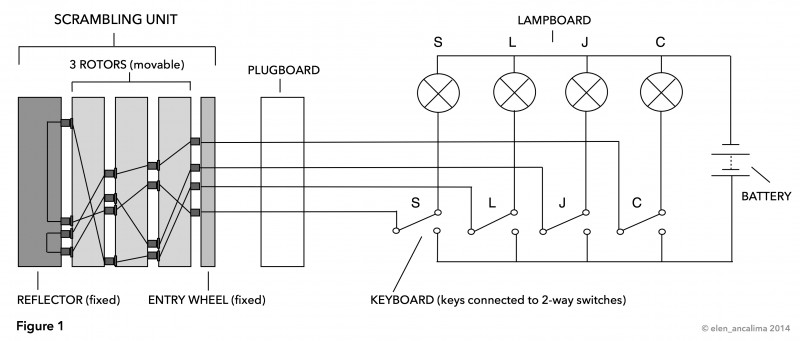
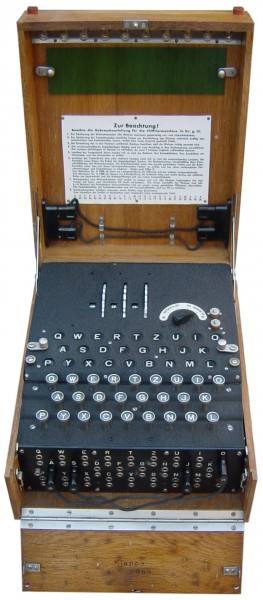
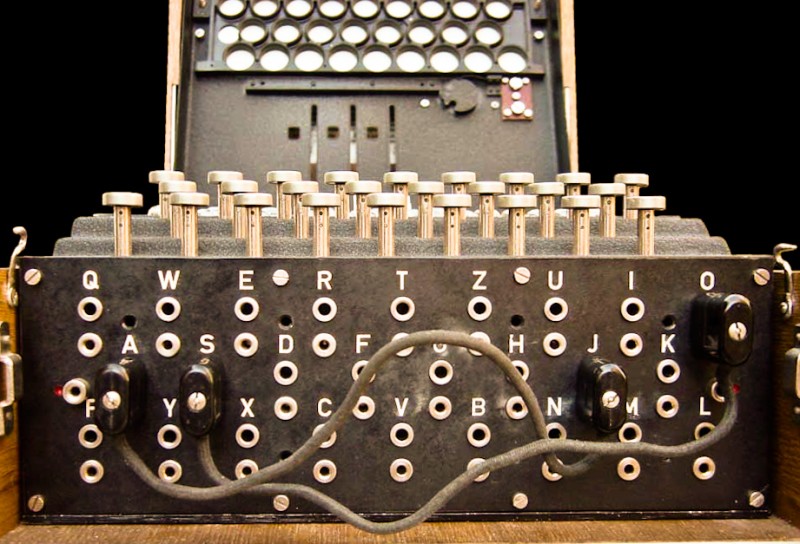
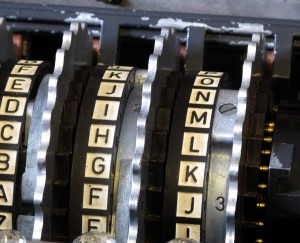
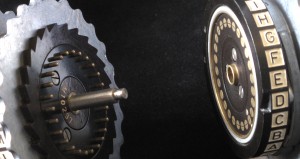
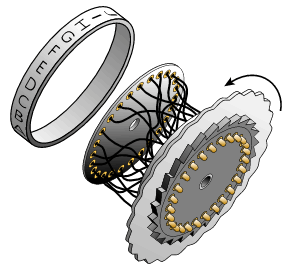 Every pin on the right is connected with a wire to a flat contact on the left. The arrangement of these cross-wirings are different for every rotor. Rotor I for example connects the pin A to the contact E, while rotor III connects A with B.
Every pin on the right is connected with a wire to a flat contact on the left. The arrangement of these cross-wirings are different for every rotor. Rotor I for example connects the pin A to the contact E, while rotor III connects A with B.